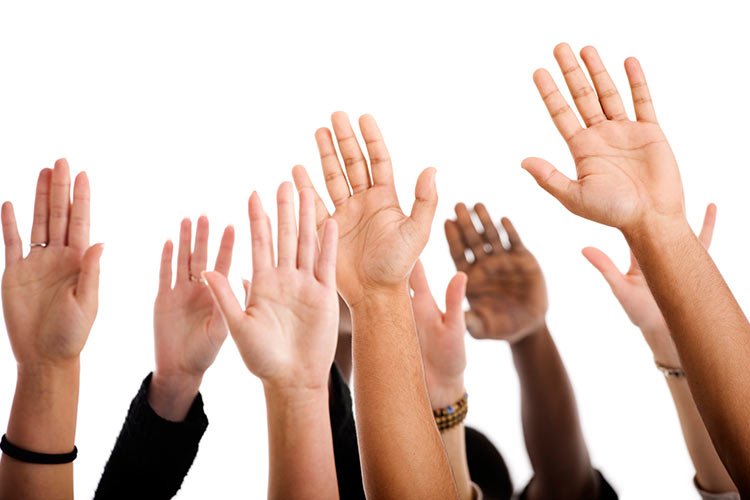Are you one of those who have some difficulty answering questions in public, after some presentation or when answering your exams? Then keep these tips in mind.

Tips to Answer Queries in a Conference
We often have to answer questions in an exhibition to clarify doubts in our audience, and although it is a fairly common situation, many exhibitors have problems doing so, are in doubt, or do not know how to direct the dialogue (especially when the consultations have other intentions). Hidden). But with these tips you can do it easily, like a professional, leaving all the content clear to continue with your class or conference.
Why is it difficult for us to answer questions?
Sometimes we have audiences that ask follow-up questions, direct, much simpler to answer without deviating from the direction of your exposure. But other times we have interlocutors whose points of view are diametrically opposed to the ones you are presenting, and formulate queries that try to destabilize the strength of your point, and are difficult to answer without falling into the easy trap of confrontation.
On the other hand, sometimes we have problems to answer because those who ask the questions are people of some renown in the field where you are explaining yourself or, at least, cause in you some intimidation, like a teacher during an exam. That is why it is fundamental to understand both the query and the intention of it, in order to know if it is, in fact, a valid question or a formulation with hidden intentions behind it.
“It is fundamental to understand well both the query and the intention of it, so as to know if it is, in fact, a valid question, or a formulation with hidden intentions behind.”
Tips to answer questions in an oral presentation
To answer questions with adequacy and clarity you need to know the intention of it, and also understand it perfectly. Interpreting the interlocutor is key here, as they will not always know how to express themselves clearly (especially when they are not exponents in the field in question). Therefore, the first advice is to overcome the temptation to respond quickly, but take your time to analyze the query in your mind, and even make the clarifications you consider necessary to know precisely what that person wants to know.
When the time comes to invite the attendees to ask, try to establish order so that everyone has their turn. Listen carefully to what they consult you, and analyze it to know the content and intention. Do not worry: with practice, this will become easier and easier.
Take a short pause to think about your answer or your actions, once you have already asked the necessary questions to clarify the question. In this pause, you will know how to respond, and not just what. That is to say: the “what” is related to the content, before real and necessary consultations, while the “how” will be more related to those empty questions of content, that only seek to confuse you, make you lose the thread of the exhibition, or divert the conversation to another site.
If you notice that the question has no weight, skim it with elegance, using phrases like “that is an interesting question but it is not directly related to this exhibition. As soon as we finish, I would like to take up this issue with you, so as not to interrupt the idea, “or maybe” that question is not directly related to the subject in question, but it is interesting and I would like to think for a minute, I think it is better that we take it back another time “. It is not necessary to be violent or to argue, nor to ask the person to “stop interrupting”; with a phrase like this you will be ‘validating’ your question, but clarifying that it is another time when you can respond … even when you already know that it probably never arrives.
Taking a short pause will also allow you to direct your response, even with valid and well-intentioned questions. If the subject of the question is useful but threatens to divert the exposure, those seconds will allow you to recognize the question, answer it only superficially, but order your exposure to quickly return to the original content.
“The first advice to know how to answer questions in an exhibition is to overcome the temptation to do it quickly, take your time to analyze the query in your mind.”
Finally, try not to try to impress your audience. That is not your moment to shine: if your exposure is clear, defined and impresses as you want, maybe even questions do not arise. But if someone has a valid question, you must be clear, simple and precise with the content of your answer. Let your knowledge speak for you, and once you have answered the questions, go ahead with your presentation.
Knowing how to answer questions after an exhibition without hesitation or stuttering is something like an art, which you can master through practice and following these useful tips.






